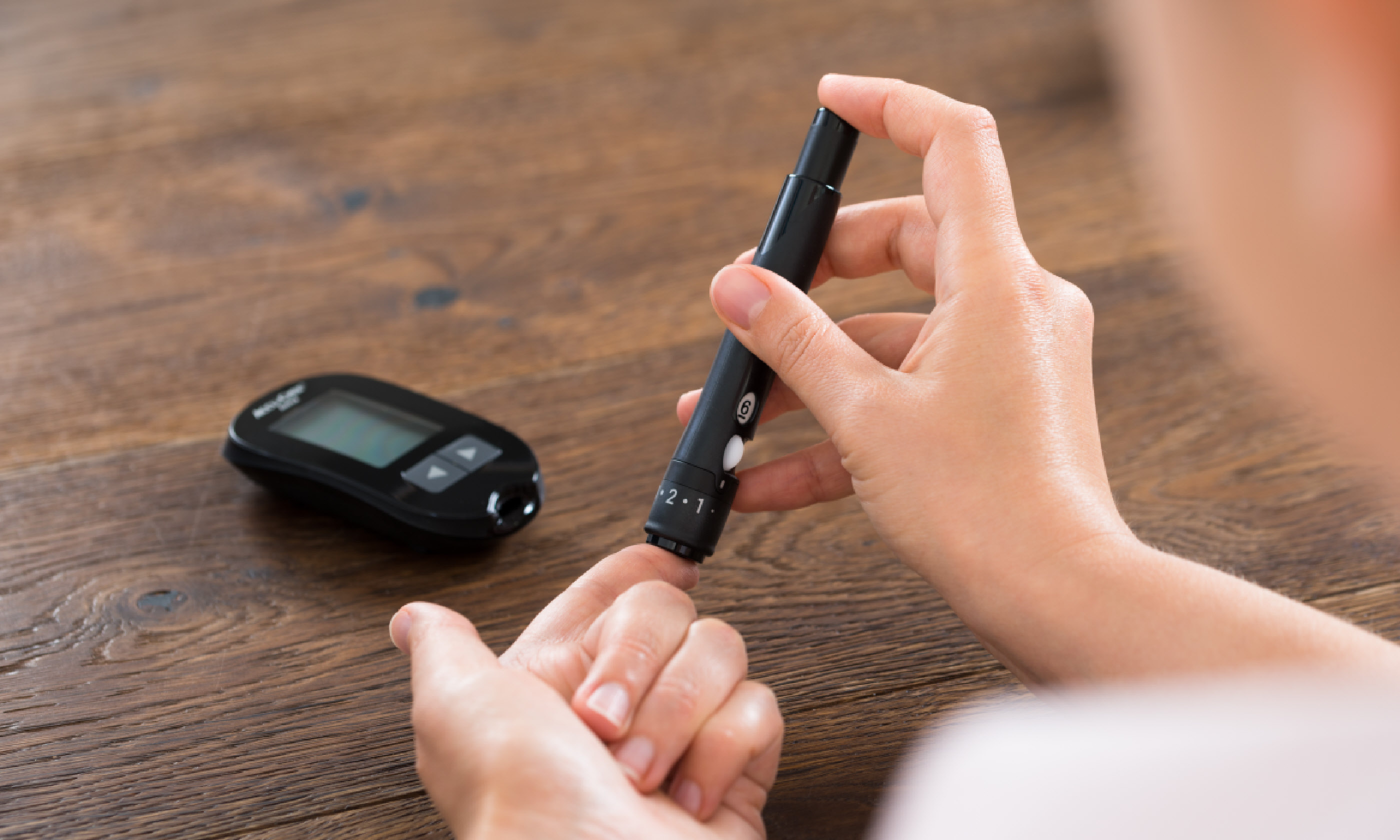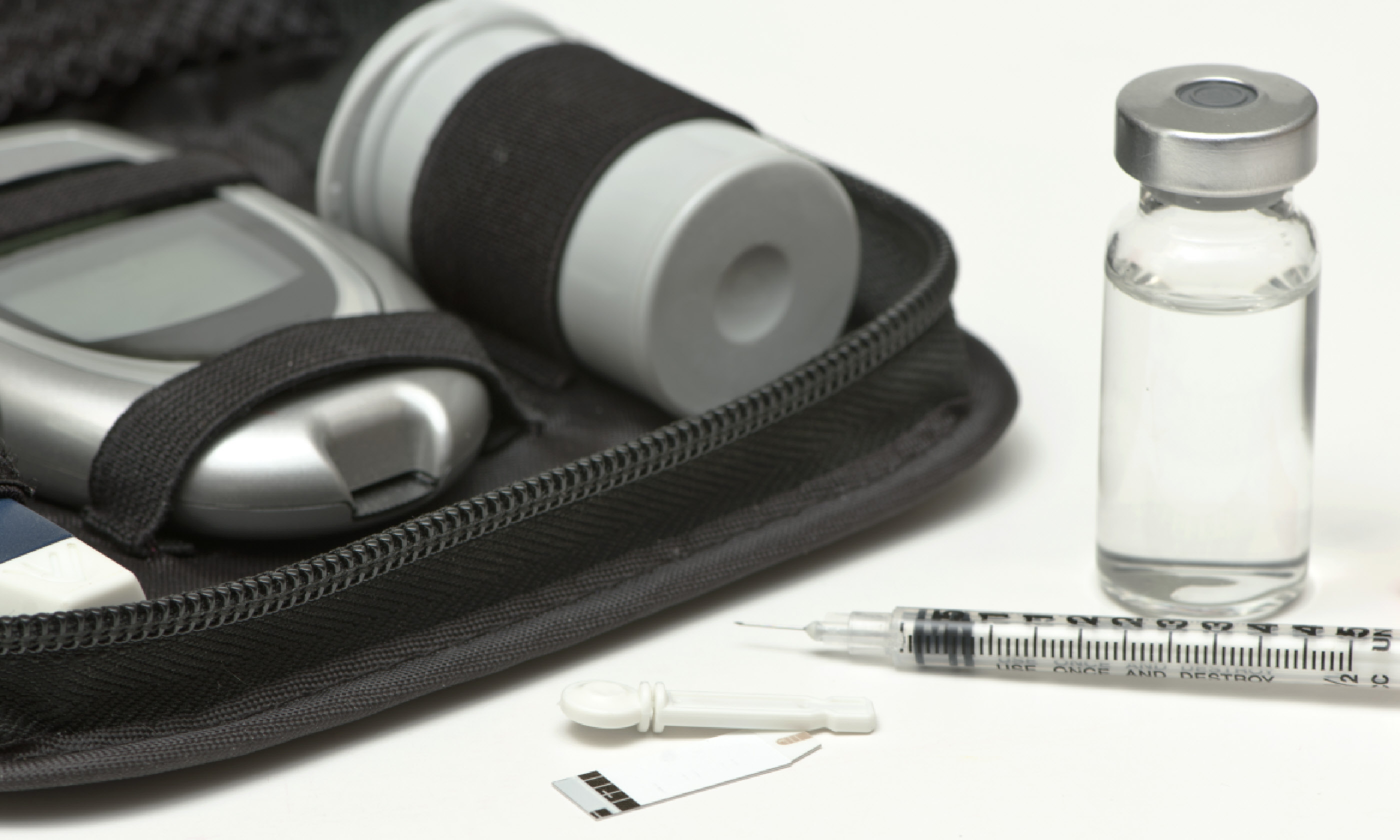
Don’t let your diabetes stop you from exploring. Diabetes sufferer Jean Sinclair and Dr Jane Wilson-Howarth offer their top tips
Some health professionals discourage people with diabetes from planning an overseas trip. Fortunately, sufferers – and many with other stable medical conditions – generally understand the importance of taking responsibility for their health while travelling.
People with diabetes have climbed Everest, cycled from China to the UK, skied to the South Pole – and lots, lots more. Diabetes should not limit travel – but there are extra challenges to consider.
Diabetes is a fault in the body’s ability to handle sugars. It is common worldwide, although rates vary between ethnic groups. Over 2.5 million people have been diagnosed with diabetes in the UK – and it’s estimated that more than 500,000 people have the condition but don’t know it.
There are essentially two forms. Around 15% of people with diabetes have Type 1 and require insulin injections; most develop the condition during childhood or young adulthood. More people (the other 85%) have Type 2 diabetes – so-called maturity-onset diabetes; this is treated with diet modifications and often tablets. Type 2 diabetes usually develops in middle age; many sufferers are overweight at diagnosis.
One of the biggest challenges with any long-term health condition is finding appropriate insurance. Diabetes, like all chronic conditions, must be declared when taking out a policy, otherwise any claim may be dismissed.
Most travel insurers will cover people with stable diabetes without surcharge, provided there are no complications or other health problems. Look for insurers that consider pre-existing medical conditions. Any Europeans travelling on the continent should also carry a European Health Insurance Card.
Anyone suffering hypoglycaemia that leads to unconsciousness needs to learn to manage and stabilise their condition well before departure – travelling with unstable diabetes is dangerous and insurance is likely to be invalid.
Ask your GP for a letter explaining your need to carry needles and lancets for blood testing; also ask for a prescription, so you can replace supplies if they’re lost or stolen abroad.
Consider wearing identity jewellery or carrying cards giving details of your condition and medication. MedicAlert is the best-known system. Universal Medical Aid and Medical Tags also sell ID jewellery items.
Before you go, ask UK insulin manufacturers about the shelf-life and robustness of particular insulins and about obtaining insulin at your destination.
Supplies should be carried in your hand luggage. Except for very short, unadventurous trips it is worth carrying two blood-glucose meters, two insulin pens (for two types of insulin), plus spare insulin syringes and extra insulin. Splitting supplies between different bags means you won’t lose everything at once if your bag goes missing (packing insulin in hold baggage is unwise, as it may freeze or be lost).

Diabetic travel kit case (Shutterstock)
Insulin comes in cartridges and vials smaller than 100ml, so won’t fall foul of liquid restriction rules. It needs to be kept between 4°C and about 30°C, so for longer trips in some conditions, cooling may be needed; many people use FRÍO pouches. Since these contain gel, they may be confiscated if carried in cabin baggage. Stainless-steel vacuum flasks give physical protection against knocks as well as temperature extremes, but must be empty of water for air travel.
Simply keeping insulin out of direct sunlight and away from hot engines and car radiators is often adequate protection, or you can store it temporarily in hotel or restaurant fridges.
New or used needles and lancets can be packed into tablet bottles with childproof lids to protect against potential sharps injuries. A BD Safe Clip can remove used needles; weighing about 20g, it holds up to 1,500 needles.
Self-monitoring of blood-glucose levels is a vital part of management for all people with Type 1, and for many with Type 2, diabetes, but units vary. Britain and much of the Old World use millimoles per litre (mmol/l), while the Americas use milligrams per 100 millilitres (mg % or mg/dl); 1 mmol/l is the same as 18 mg% or mg/100ml.
Be aware of this if consulting doctors or obtaining blood glucose test strips overseas. Many blood-glucose monitors can display both units, or you can use an online converter.
Timing of insulin doses is important, especially while flying; a dual-time digital watch will help you keep track of basal (long-acting) insulin or tablet doses. Leave one watch setting on the time of your departure point and change one to the time of your arrival destination.
One to five bolus (short-acting) insulin doses in a 24-hour period are taken with each meal, depending on direction of travel and eating opportunities. With diabetes it is important to have at least an extra meal and some emergency sugar or sweets.
High blood-sugar levels make skin infections more likely, but people with well-controlled diabetes are no more prone to infections than others. However, control of blood sugar can be compromised during illness. Even people with Type 2 diabetes can become sick enough to need treatment in hospital with insulin.
Anyone with diabetes who develops an illness needs to follow the following ‘sick day rules’: